The number of potential microbes exploited commercially is scanty irrespective of their huge presence in diverse habitats. Although in recent years, some of them have been successfully manipulated in multifarious areas such as production of industrially viable products, organic chemicals, pharmaceuticals, recovery of metals, improvement and maintenance of environmental quality, and insect and pest control. The twenty-three articles included here fall under three broad categories, namely, agricultural microbiology, industrial microbiology and bioremediation. The psychrophiles hold many biological secrets such as biochemical limits to macromolecular stability and the blueprints for constructing the stable macromolecules. Lactic acid bacteria are known for their role in the preparation of fermented dairy products. Potential strains for production of lactic acid with emphasis on its fermentation, economics and systematics have been dealt with in greater detail. Biotechnological applications of pectinases in general and alkaline pectinases in particular play an important role in industry. Production, characteristics and applications of microbial alkaline pectinolytic enzymes have been elaborated. Now-a-days, semi-synthetic ergot alkaloids are widely used as a potential therapeutic agents. Microbial production of glucans, functional organization and their industrial significance have been systematically reviewed. Bioactive exopolysaccharides from mushrooms have gained importance in recent years. Production and characterization of exopolysaccharides and conversion of unsaturated fatty acids into value-added hydroxyl fatty acids by using microorganisms are used in a wide range of industrial products. Enhancing the microbial production of 1,3-propanidial and its application highlights the commercial exploitation of potential microorganisms. Aldehyde and organic acid production by using oxydases and their derivatives play an advantageous role in industry. Some chapters are devoted to the potential entomopathogenic fungi for management of insect pests, biotechnological applications of fusaria, microbial metabolite-mediated biocontrol of soil-borne plant pathogens, bioremediation of heavy metals, organochlorine and organophosphate pesticides. Bioinoculants apart from being eco-friendly are being used, though with constraints in their production and quality assurance. All the articles of this volume depict the role of microorganisms in agricultural industries. The exploitation of such beneficial microorganisms may improve agricultural systems with economically sound production of human food and animal feed. This volume will certainly help the PG and research students of agricultural microbiology and biotechnology.
Bioremediation of Pollutants
$91.80
$102.00

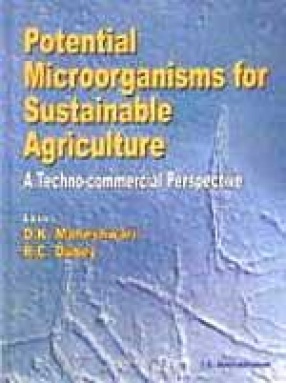
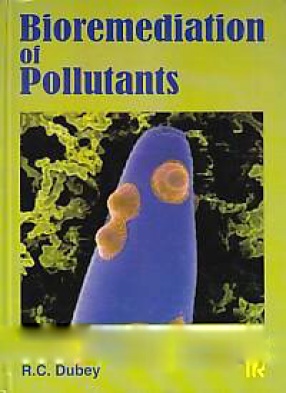
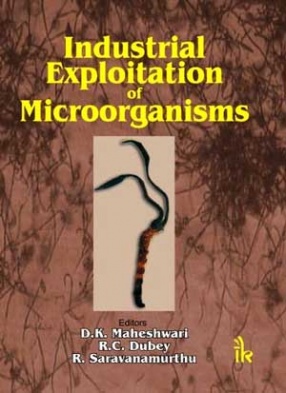

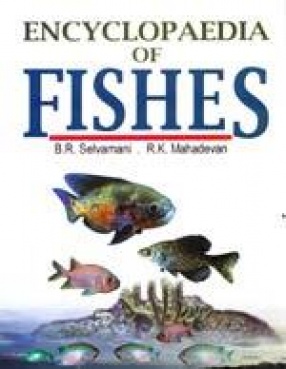

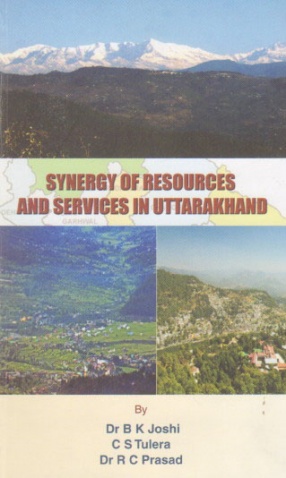
There are no reviews yet.